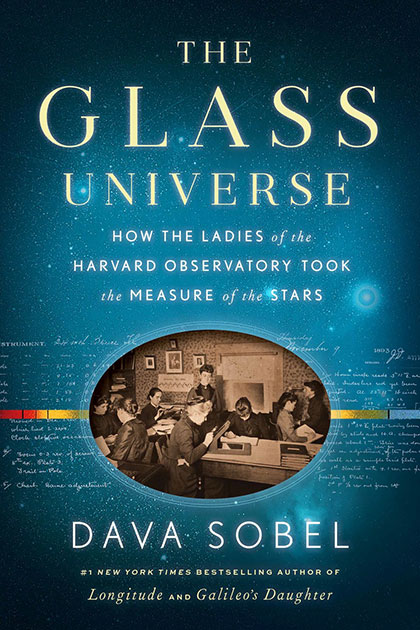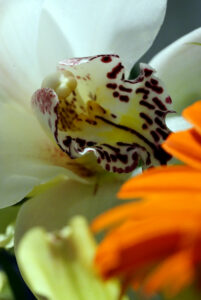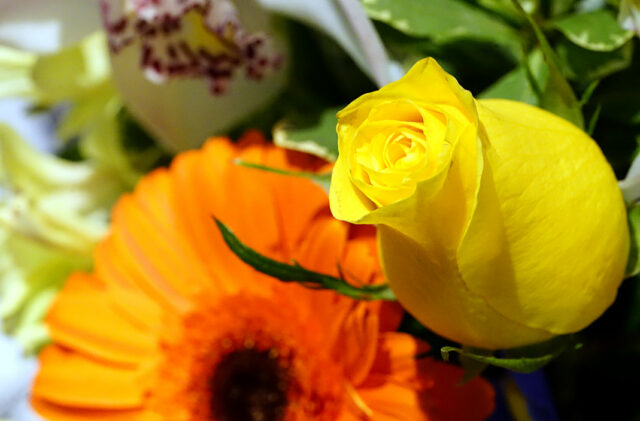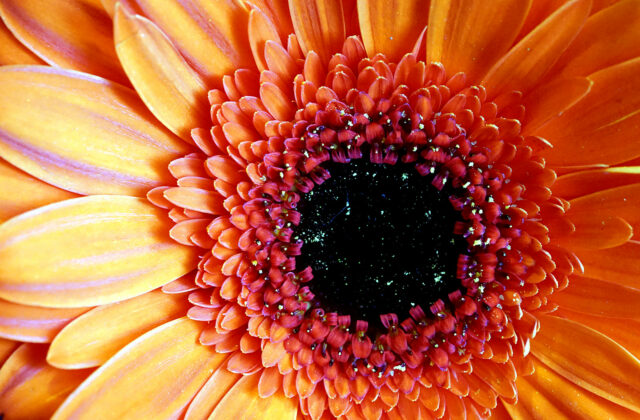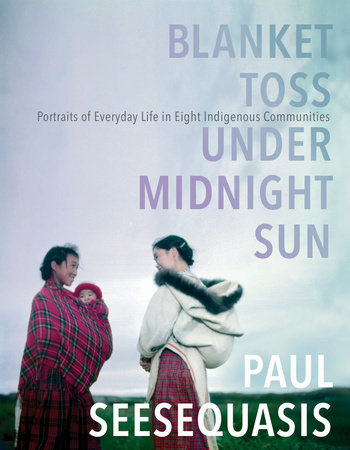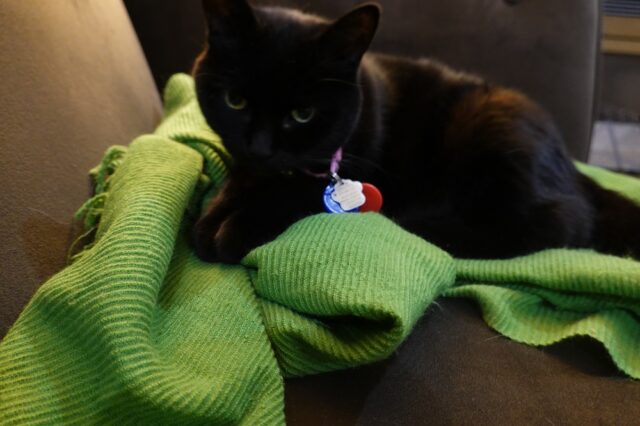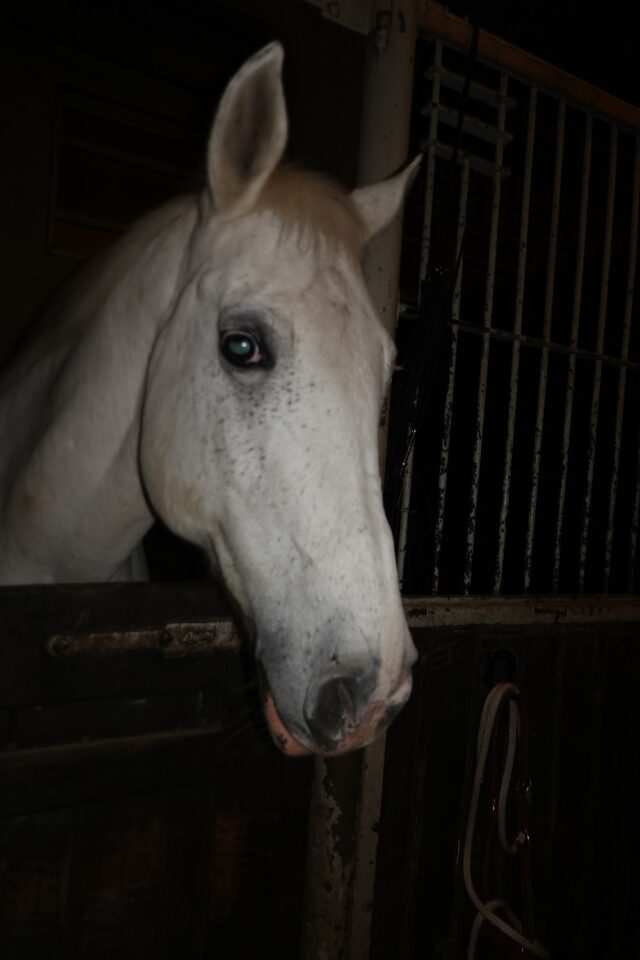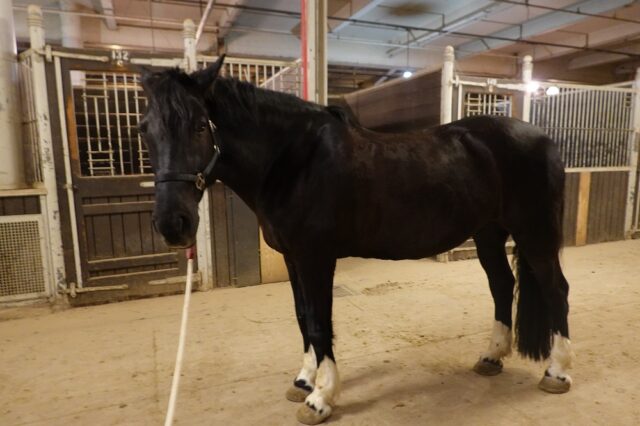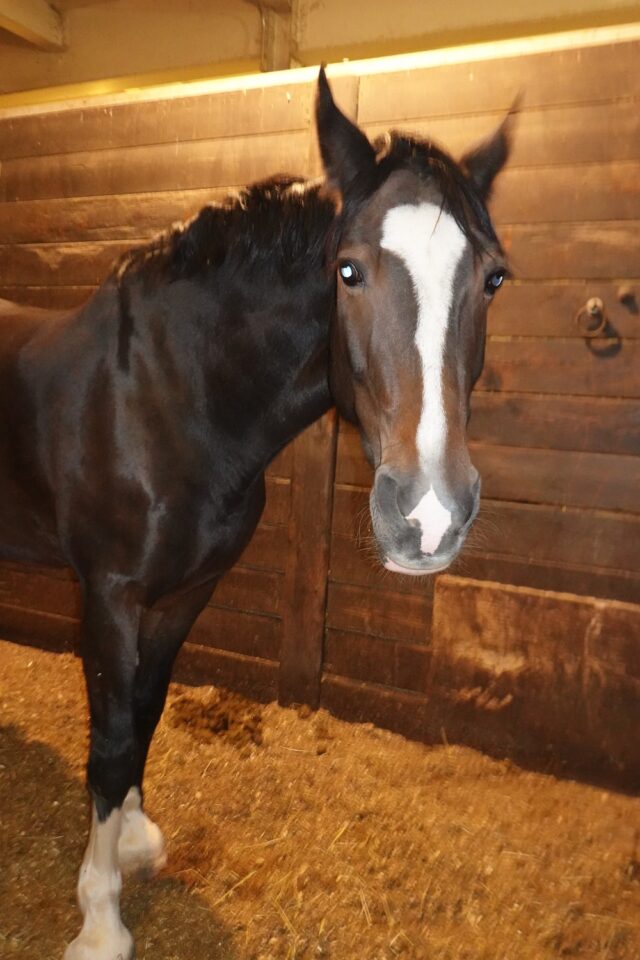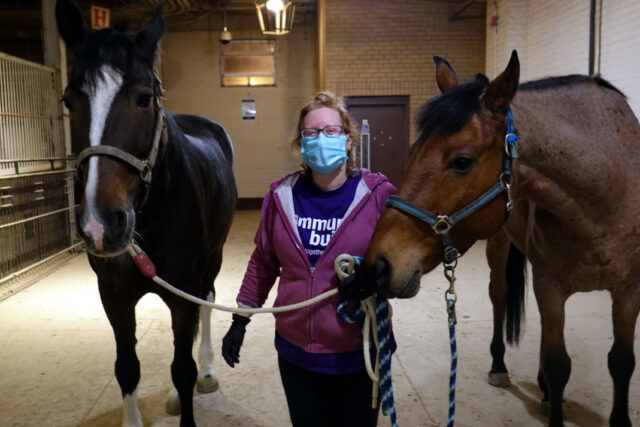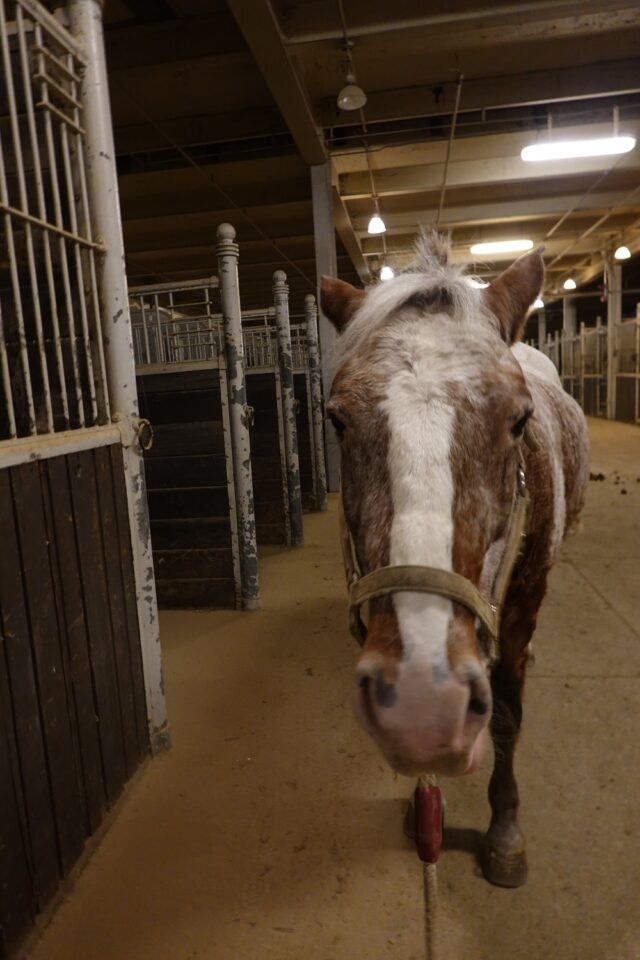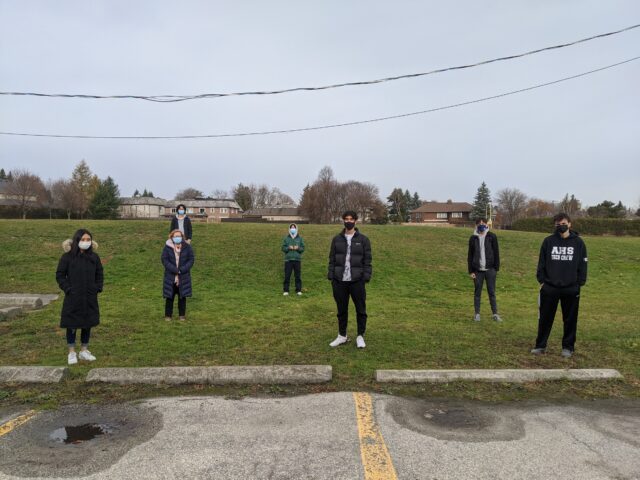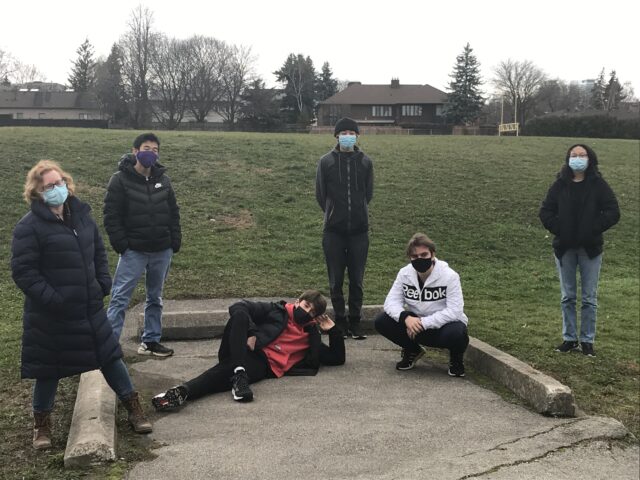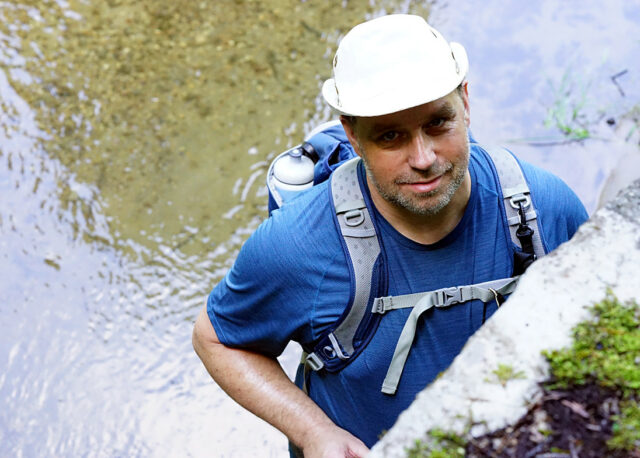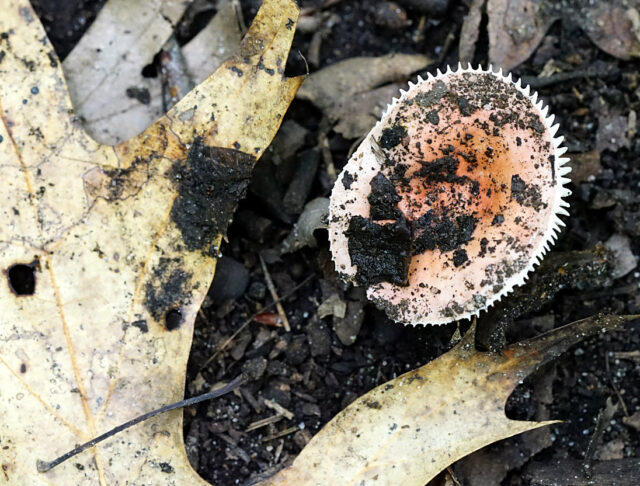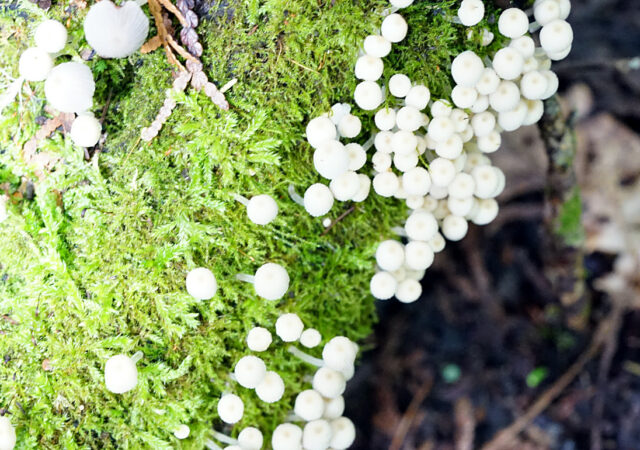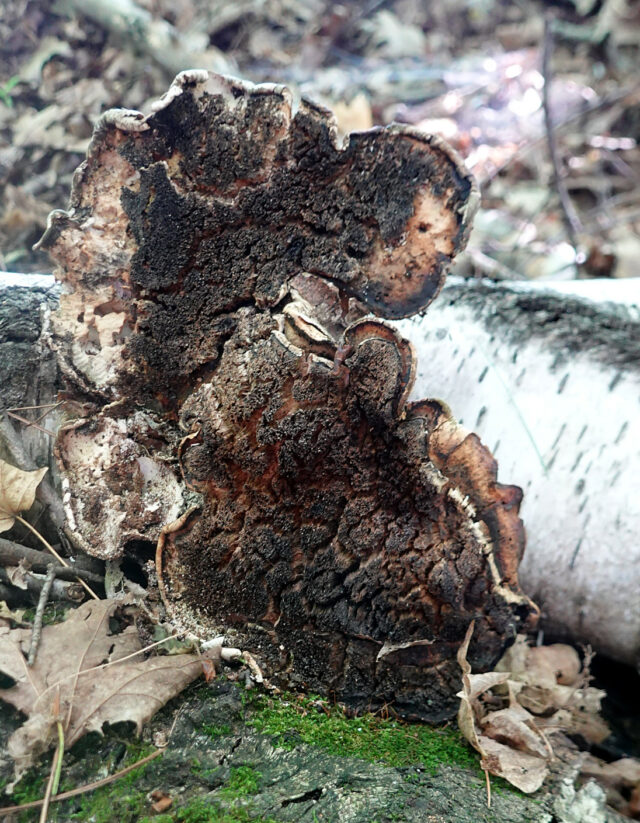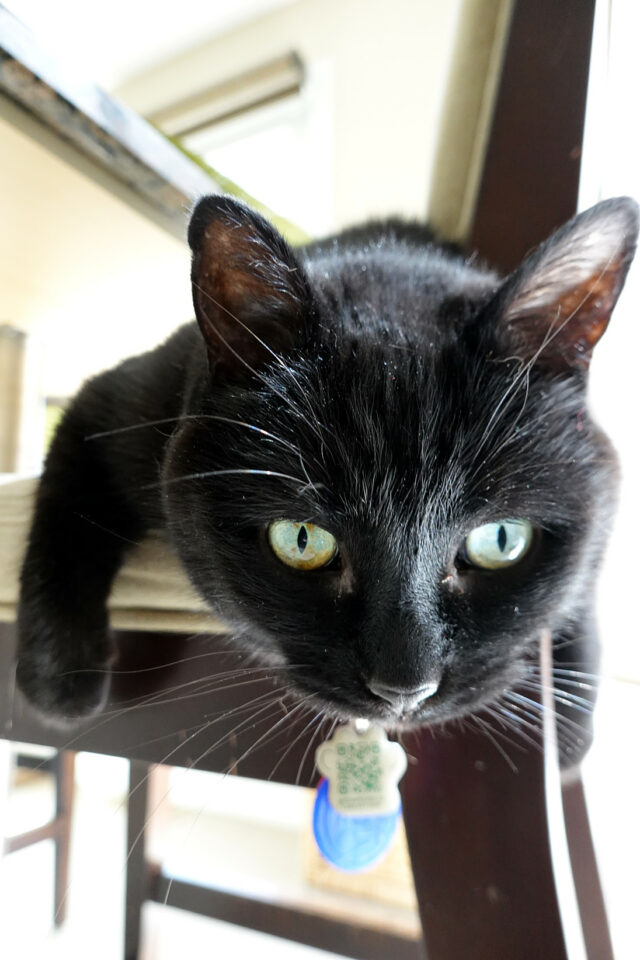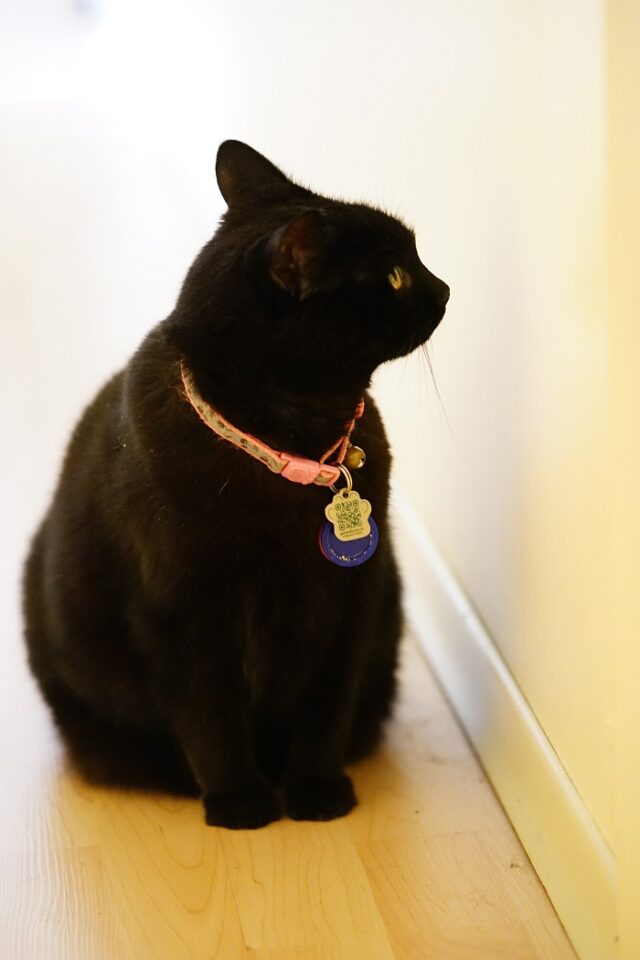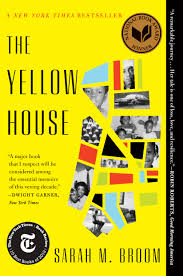
The Yellow House had been on my book list since I saw it noted on Barack Obama’s end of 2019 list. It did not disappoint. Sarah M. Broom has written a memoir integrated with a family history and an urban history of a part of New Orleans that the ordinary tourist would not be familiar with. The lens, of sorts, for her history is the small yellow house her family lived in in New Orleans East.
Broom’s family history centres on her mom’s house. Ivory Mae, who unfortunately had two husbands die on her, had 12 kids from her two marriages. They did not all grow up in the house but some of them have a strong connection to it and the neighbourhood that started out as a dream of a planned suburb yet ended up a forgotten, somewhat dilapidated wasteland crossed by a very dangerous highway.
After the house was seriously damaged in Hurricane Katrina in 2005 and then taken down by the city, Broom went on an odyssey to figure things out: who is she, what’s her identity? What’s her relationship to New Orleans? Most importantly, for me at least, how did New Orleans become so dysfunctional, often at the expense of its Black citizens?
Some things you learn about the narrowly integrated schools are very disappointing, such as that this obviously smart girl is never steered toward any top colleges. A fiercely independent person, Broom managed to get herself to college in Texas and eventually on to a Masters in journalism at Berkeley in California.
This book takes you from New Orleans East to New York, to Burundi back to New Orleans (to the French Quarter, the part of the city we all know about, where Broom lived for a year while researching for her book). I can’t say I understood how the Burundi chapter fit in, but I definitely liked when she came back (not necessarily home) to New Orleans.
I look forward to Sarah Broom’s next book, hoping she’ll veer more towards history as she is clearly a talented researcher and writer.
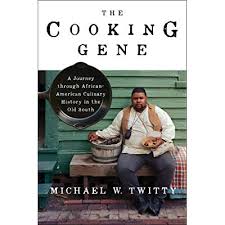
The Cooking Gene: A Journey Through African-American Culinary History in the Old South by Michael W. Twitty is not a book I sought out. I had heard of the author before (having seen him do a guest appearance on a southern American cooking show, the Chef and the Farmer, on PBS). Finding it at Book City, I thought, why not? I like food. I know who Twitty is. I’m interested in African-American history.
What a perfect book for me! Twitty is a lyrical writer, if the food associated with slavery can be described in lyrical terms. He has a very big personality which he lets shine through in this memoir crossed with a history. The general premise is that he is searching for his family’s history through its relationship to food. He dives very deeply into genealogy, the flora and fauna of the south (its many parts – it is not a one-note region). While doing this he is giving a history of enslaved people in America.
This book jolted my memory back to life. When I was in university, I studied a lot about the American South, particularly about slavery. I had almost forgotten how important migration was in the internal history of slavery in America. Twitty reminded me that, in addition to the forced migration of the millions of enslaved people from Africa, there were also the migrations west and south as cotton supplanted tobacco and farmers sought out new land (in the process also displacing Native peoples). Twitty includes in his study some painful accounts of enslaved families being sold apart as these migrations took place. There was also the migration of millions of Black people escaping the horrors of the South post Reconstruction, and post both world wars. Twitty’s point is that the food always accompanied these journeys.
Another strong theme of Twitty’s is the intertwining of the history of Black and White people in the south. Genetically, yes. Culturally, yes. The roots of the southern diet are in West Africa, not surprisingly. The roots of Twitty’s family (or at least part of it) are there, too. When discussing the kitchen and Black cooks and other enslaved people, he cannot and does not avoid the subject of rape. The genes bear it out; Twitty is able to trace quite a number of his White slaveholder ancestors.
Of all the books I’ve read lately, the author I’d most like to meet would be Michael W. Twitty. In his writing, both personal and historical, he so obviously has a huge. giving heart. He truly feels that the food we eat proves that we’re all together in this messy struggle of life.
There are recipes, none of which this vegan will be making. But that really isn’t the point of this fascinating book.
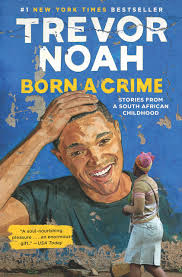
Definitely the best known of the three books is Trevor Noah’s Born a Crime: Stories from a South African Childhood. Quite a few people had recommended this book to me. I’m just sorry it took me so long to listen!
I cannot say just how much I enjoyed this book from the very first comedic anecdote to the poignant end. Though it’s a personal memoir (actually more of a family memoir), Noah weaves in his very sharp-tongued interpretation of South African history prior to almost each chapter.
Though I have studied apartheid rather well (or so I thought), there’s a lot I learned from this book. Trevor Noah, as a smart observer, offers insights into the way apartheid was designed to work to keep South Africa’s diverse population separate. His vantage point, as a mixed-race child in a country that outlawed such relationships, gave him the ability to cross boundaries and languages and ways of life as he grew up.
Much like Sarah Broom in The Yellow House, Noah has written an ode to his mother, Patricia Noah, a very strong, independent character. His ability to translate her fierce personality on to the page is a huge star in this book.
Despite containing a number of very sad and scary moments, the book is full of humour (not surprisingly), astute historical interpretations, and adept characterizations. I would love for my grade 12 world history students to read it. I have now passed on my copy to my sister-in-law and have reserved it for my husband next. I can’t wait to discuss some of the stories with them – for now I am holding my tongue.
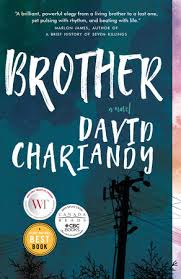
None of the above books relate to Canadian history and the experience of Black Canadians. That is a shortcoming that I definitely must address.
However, for school I recently read a young adult novel called Brother by Canadian author David Chariandy. What a beautiful (but difficult) story written by a gifted writer.
Chariandy constantly flashes back to 1991 to the youths of the two main characters, brothers Michael and Francis. Their mom, Ruth, is also portrayed as a very strong, independent character, even despite the understandable setbacks she suffers in the wake of Francis being shot.
The city itself is a character in this book: the family’s ventures into the haven of the Rouge River valley; Francis’ social hangout at Desirea’s barbershop; the local air-conditioned library branch where Michael’s relationship with his first girlfriend Aisha develops; the maze of apartments where the family lives, described as such:
“All around us in the Park were mothers who had journeyed far beyond that they knew, who took day courses and worked nights, who dreamed of raising children who might reward sacrifice and redeem a past. And there were victories, you must know. Fears were banished by the scents from simmering pots, denigration countered by a freshly laundered tablecloth. History beaten back by the provision of clothes and yearly school supplies. ‘Examples’ were raised.”
The story is difficult, lives are lost. I cried my way through this book, for sure. But how relevant it is to read an account of 1991’s the summer of the gun when real neighbourhoods that “The Park” is modeled on are living it everyday, sadly.
After a neighbourhood shooting, Michael, the narrator comments: “You caught in the eyes of strangers the suspicion or outright fear. You sensed the halo of menace above your head, glimpsed the turbulence swirling behind as you walked. On TV and in the papers, politicians promised to crack down on criminals, which echoed agreements from suited community spokesmen. But criminals weren’t the only target. Every day, neighbourhood kids were stopped by the cops, the questions about their actions and whereabouts more probing. We were being watched by everyone, shopkeepers, neighbours, passersby.”
Every Toronto student should read this book. In fact, I bought it to read with some students, but that didn’t quite work out. Next year, if I have students in credit recovery who didn’t read a novel the first time around, this will be the book we will read together. I am looking forward to their reactions!
And I must read some of Chariandy’s other books.
